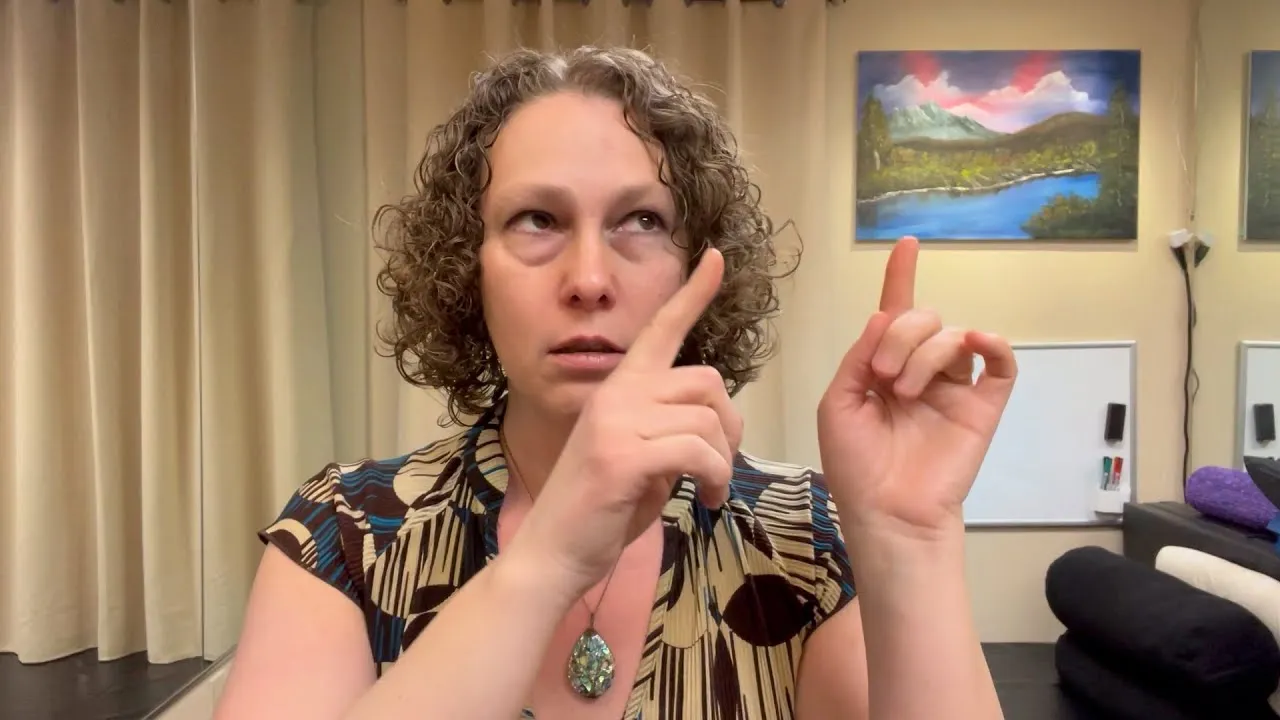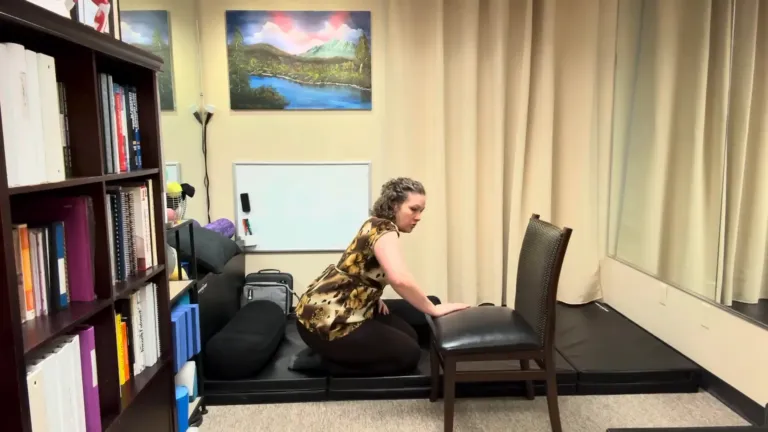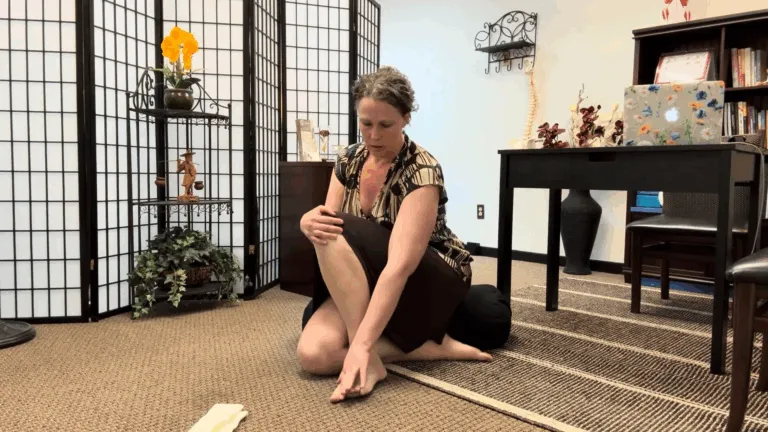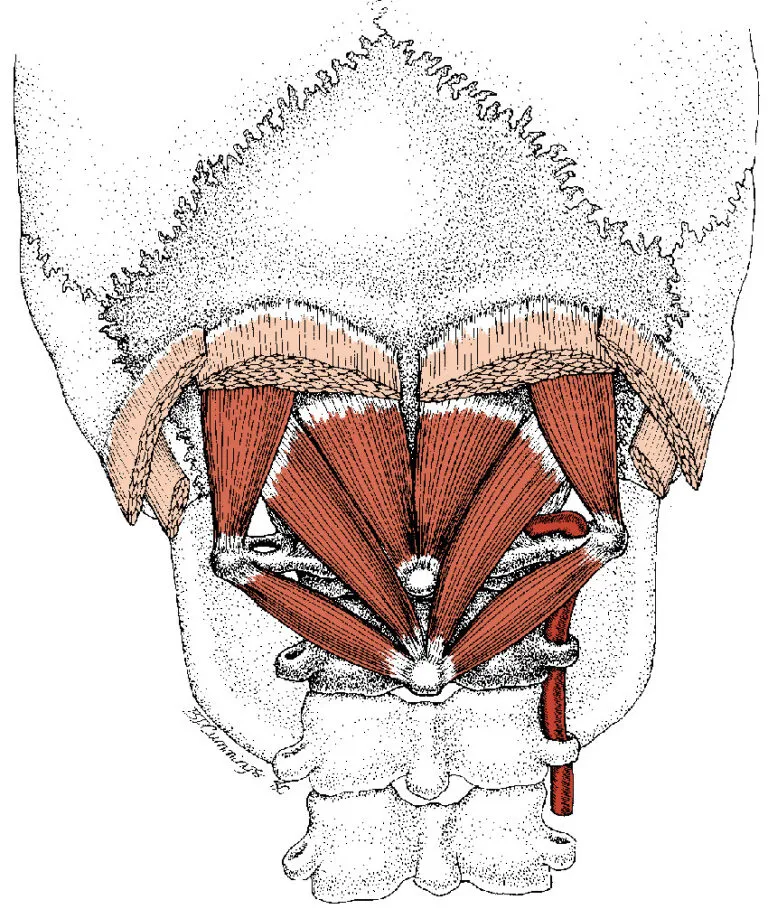Unlocking the Power of Eye Muscles: A Guide to Eye Movement and Health
Unlocking the Power of Eye Muscles: A Guide to Eye Movement and Health

Imagine sitting at your desk, staring at your screen, feeling the strain creep into your eyes. What if I told you that the key to relief might just lie in the muscles of your eyes? As a neuromuscular massage therapist, I’ve seen how targeted eye exercises can transform our visual mechanics. Let’s delve into the amazing world of eye movement!
Understanding Eye Muscles: The Unsung Heroes
Overview of the Anatomy of Eye Muscles
Have you ever thought about how your eyes move? The eye muscles are a complex system that allows you to see the world around you. There are six main muscles that control eye movement:
Superior Rectus: Moves the eye upward.
Inferior Rectus: Moves the eye downward.
Medial Rectus: Moves the eye inward.
Lateral Rectus: Moves the eye outward.
Superior Oblique: Rotates the eye downward and outward.
Inferior Oblique: Rotates the eye upward and outward.
These muscles work together in harmony, allowing you to shift your gaze smoothly. It’s fascinating, isn’t it?
How Eye Muscles Facilitate Movement
When you want to look at something, your eye muscles kick into action. They allow you to move your eyes without moving your head. This is crucial for maintaining focus on objects while you’re in motion.
For instance, think about how you can read a book while sitting still. Your eyes dart across the page, but your head remains in place. This independence of movement is key to effective vision.
Emily Boudwin, a neuromuscular massage therapist, suggests exercises to improve this muscle coordination. She encourages you to practice moving your eyes in different directions while keeping your head still. It’s a simple yet effective way to enhance your eye muscle control.
Importance of Eye Muscle Health in Daily Life
Just like any other muscle, eye muscles need exercise too. You might not realize it, but they can get fatigued. Symptoms like headaches or eye strain can arise from underused or overworked muscles.
So, how can you keep these muscles healthy? Here are a few tips:
Practice eye exercises regularly.
Take breaks during prolonged screen time.
Stay hydrated and maintain a balanced diet.
By prioritizing eye muscle health, you contribute to overall well-being. As Emily points out, these practices are essential for keeping your vision sharp and your eyes feeling good. Remember, your eyes deserve the same care as the rest of your body!
Everyday Eye Movement: Breaking Bad Habits
Common Habits That Strain Our Eyes
Have you ever noticed how often you squint at your screen? Or maybe you find yourself rubbing your eyes after a long day? These are common habits that can really strain your eyes. Staring at screens for too long without a break can lead to discomfort, often referred to as digital eye strain. This can manifest as headaches, dry eyes, and blurred vision. It’s a cycle that many fall into, often without realizing the toll it takes.
Why We Often Move Our Heads Instead of Our Eyes
It’s interesting to consider why you might turn your head to look at something rather than just using your eyes. Many people do this out of habit. It’s easier, right? But, as Emily Boudwin, a neuromuscular massage therapist, points out, this isn’t the best approach. Your eye muscles are designed to move independently. When you rely on head movement, you’re missing out on the benefits of exercising your eye muscles.
Tips on Correcting Our Gaze Habits
Practice Eye Movements: Try holding your head still and moving your eyes in different directions. Look up, down, and side to side.
Use Your Fingers: As you practice, use your fingers to guide your eye movements. This can help you stay focused.
Take Regular Breaks: Follow the 20-20-20 rule. Every 20 minutes, look at something 20 feet away for at least 20 seconds.
Be Patient: You might feel some discomfort or fatigue initially. This is normal as your eye muscles get used to the exercise.
Remember, just like any other muscle group, your eye muscles need exercise too. Engaging them actively can lead to improved eye health and overall well-being.
Exercises to Strengthen Your Eye Muscles
Have you ever thought about your eye muscles? Just like your arms or legs, they need exercise too! Here’s a simple guide to help you strengthen those important muscles.
Step-by-Step Guide for Eye Movement Exercises
To start, find a comfortable seat. Keep your head still. Now, let’s move those eyes:
Look Up: Slowly shift your gaze upwards, then back to the center.
Look Down: Move your eyes downward, returning to the center again.
Look Left: Shift your gaze to the left side, then back to the center.
Look Right: Finally, look to the right and return to the center.
Repeat this sequence several times. You can even use your fingers as a guide to help your eyes follow the path.
Benefits of Practicing Eye Movements
Why should you bother with these exercises? Well, they help improve your eye coordination and flexibility. Strengthening these muscles can reduce eye strain and fatigue, especially if you spend long hours staring at screens. Emily Boudwin, a neuromuscular massage therapist, emphasizes that “your eye muscles require movement and exercise just like any other muscle group in your body.”
How to Gauge Progress in Your Eye Exercises
How can you tell if your exercises are working? Pay attention to how your eyes feel. Are they less fatigued after a long day? Do you notice improved focus? If you experience any discomfort, like headaches or fatigue, it’s a sign to take it slow. Remember, consistency is key. Make these exercises a regular part of your routine. Over time, you’ll likely notice a difference in your eye strength and comfort.
So, are you ready to give your eyes the workout they deserve? Start today and enjoy the benefits of improved vision and reduced strain!
Dealing with Eye Strain: Symptoms and Solutions
Identifying Symptoms of Eye Strain
Have you ever felt a nagging discomfort in your eyes after staring at a screen for too long? You’re not alone. Eye strain, also known as asthenopia, can manifest in various ways. Here are some common symptoms:
Headaches: These can occur after extended periods of focus.
Dry or watery eyes: Your eyes may feel tired or overly moist.
Blurred vision: Things may appear fuzzy or out of focus.
Neck and shoulder pain: This can result from poor posture while reading or using devices.
Recognizing these symptoms early can help you take action before they worsen.
How Eye Movements Can Alleviate Discomfort
Did you know that your eye muscles need exercise too? Just like your legs or arms, they can become fatigued from lack of movement. Emily Boudwin, a neuromuscular massage therapist, emphasizes that you should actively engage your eye muscles. Try this:
Keep your head still.
Focus on moving your eyes up, down, left, and right.
Use your fingers to guide your gaze, ensuring you follow the correct paths.
This practice can help alleviate discomfort and improve muscle function. Emily even mentions feeling a “jumping” sensation in her eyes, which indicates the need for more practice.
When to Seek Professional Help
While many cases of eye strain can be managed at home, there are times when you should consult a professional. If you experience:
Persistent headaches that don’t go away.
Severe vision changes.
Eye pain that interferes with daily activities.
It’s essential to listen to your body. Don’t hesitate to reach out to an eye care professional if symptoms persist. Your eye health is vital for your overall well-being.
Conclusion: Commit to Your Eye Health
In this journey towards better eye health, it’s essential to recognize the significance of your eye muscles. Just like any other muscle in your body, these muscles need exercise to function optimally. They allow you to shift your gaze in various directions without moving your head. This ability is often taken for granted, but it plays a crucial role in how we interact with the world.
So, why not take action today? Start incorporating simple eye exercises into your daily routine. Focus on moving your eyes independently, as suggested by experts like Emily Boudwin. You might feel some discomfort at first, such as headaches or fatigue, but that’s just a sign that your eye muscles are waking up!
Finally, don’t keep your progress to yourself. Share your experiences with friends and family. Encourage them to join you on this journey. Together, you can motivate each other to prioritize eye health. Remember, healthy eyes lead to a healthier life!








